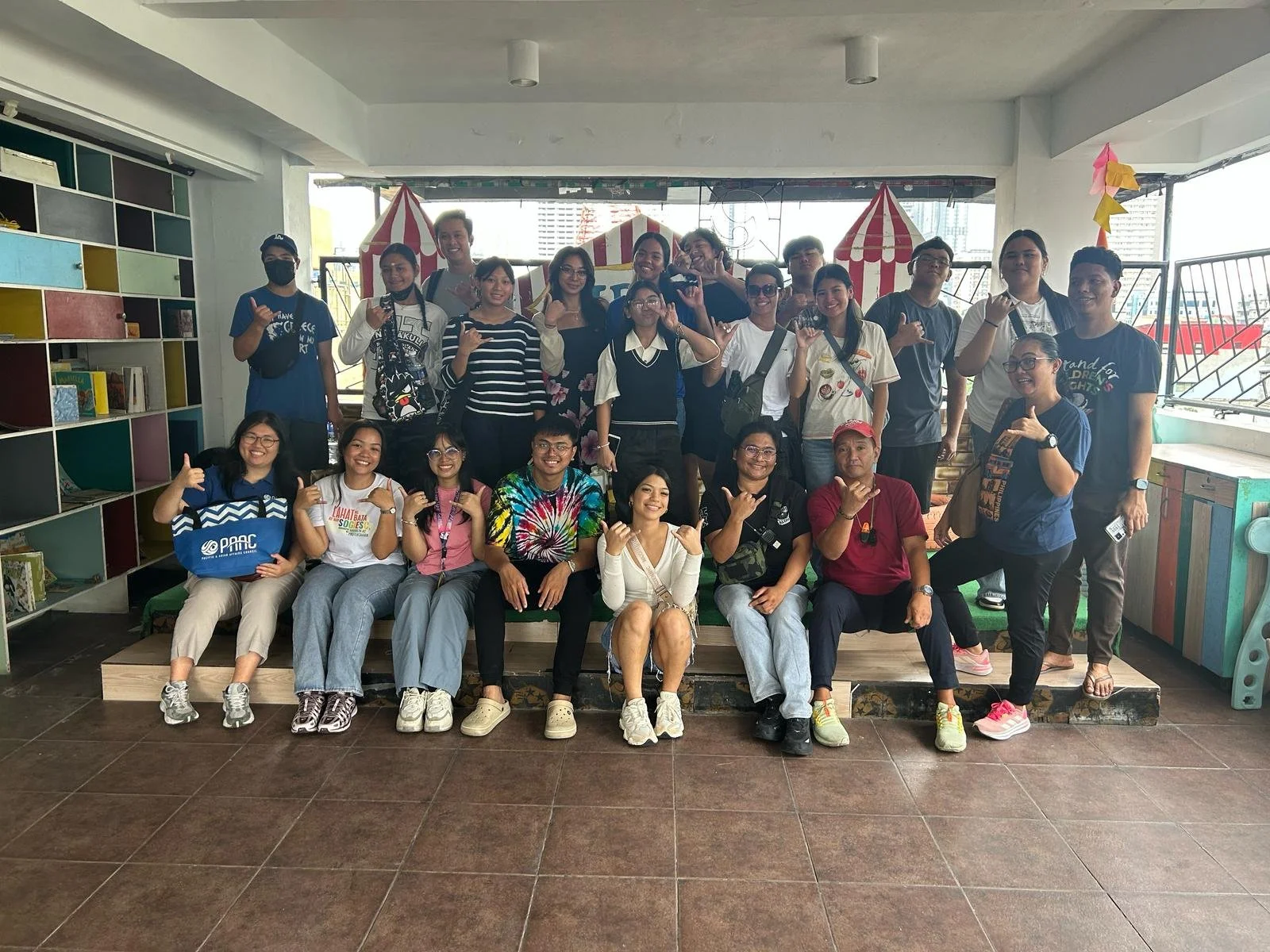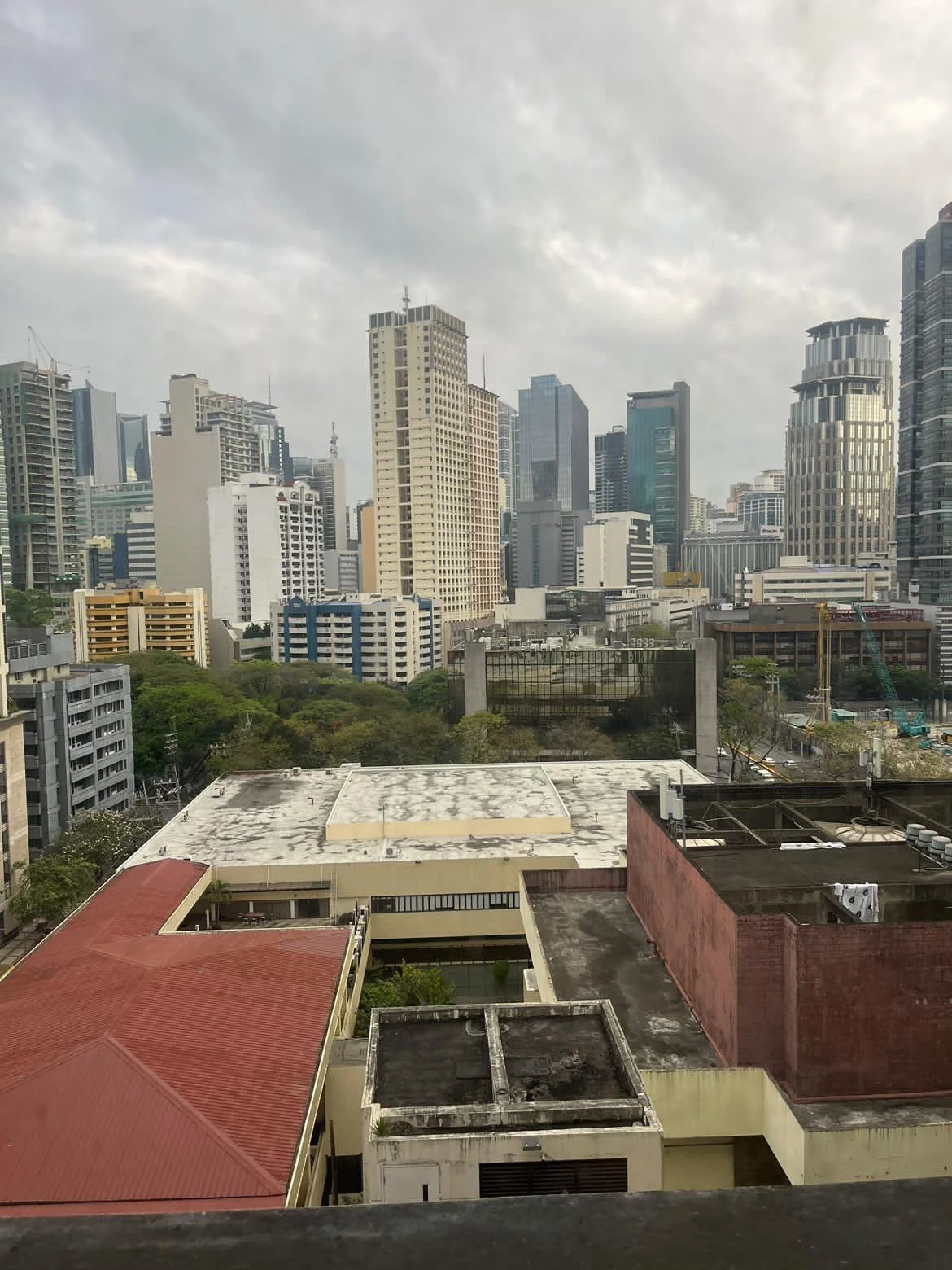🇵🇭 Weaving Our Interconnected Stories: 2025 Philippines Sister-State Study Tour
Over spring break 2025, students from across Hawaiʻi embarked on a once-in-a-lifetime cultural and educational journey through the Philippines as part of PAAC’s Sister-State Study Tour. From service learning and historical immersion to bonding through dance, poetry, and prom, this trip was filled with unforgettable moments and deep connections.
Here’s a glimpse into what each day looked like—straight from the students themselves:
Day 1: Service & Heart at Bahay Tuluyan
“Today, we visited @bahaytuluyan Children’s Rights Foundation, where we learned how to communicate, care for, and respect the children who are there. We worked together to create a fun and safe environment, while some of us helped tidy up the upstairs area.
Afterwards, we enjoyed a delicious meal at Manam and reflected on the rewarding experience.
The day ended with us growing closer as a group, making memories that will last a lifetime.”
— Froy-Ian M. & Mackenzie A.
Day 2: GOD, GOLD, & GLORY — A Journey Through Filipino History
We spent the day with @manilaforadaytours exploring the roots of Filipino identity:
“GOD – At San Agustin Church, we learned about the role of Spanish friars in early colonial history.
GOLD – Casa Manila taught us about the wealth some held during Spanish colonization.
GLORY – At Fort Santiago, we stood where José Rizal once walked and reflected on the suffering during Japanese occupation.”
We ended the day at the National Museum of Fine Arts, where stunning artwork told stories of Filipino resilience and identity.
— Jo S. & Greg C.
Day 3: Into Ilocos — Culture, Churches, & Craft
From museums to mansions, day 3 took us to the heart of Ilocos Norte & Sur:
“We started at Museo Ilocos Norte and visited Malacañang of the North (aka the White House of the Philippines). Then, we marveled at Saint Augustine’s Paoay Church.
At day’s end, we joined local musicians to play traditional instruments—and even made our own bamboo slapsticks. It was another unforgettable day.”
— Lia’ina K. & Conner B.
Day 4: Boodle Fights & Bigueño Pride
We dove into Bigueño culture through storytelling, song, and shared meals:
“From the Vigan Conservation Museum to meeting local youth at ISPSC, we saw the threads connecting Hawaiʻi and the Philippines—especially during WWII.
Lunch was a boodle fight at Pinakbet Farm, complete with traditional songs about love, friendship, and loyalty. It was powerful and heartwarming.”
— Anika C. & Kim M.
Day 5: Governors, Looms &… PROM?!
This day had it all:
“We started with pottery and callesa rides, met the Governor of Ilocos Sur, and learned about local festivals.
After lunch and loom weaving, we got ready for PROM at Villa Minerva—dancing, singing, and celebrating under the stars.”
— Alexis A. & Bernadine D.
Day 6: Saying Goodbye to Ilocos
Our final day was filled with gratitude, reflection, and… shopping:
“We tried on Filipiniana wear, walked down Calle Crisologo, and visited Mang Inasal for one last Ilocano-style meal.
At Mariano Marcos State University, we learned about college opportunities and thanked our hosts before flying back to Manila.”
— Haysten J. & Maren S.
Conclusion: Weaving Our Interconnected Stories
Throughout the 2025 Sister-State Study Tour to the Philippines, students from Hawaiʻi didn’t just learn about another place—they saw reflections of home, history, and identity woven throughout every experience. Whether walking through the dungeons of Fort Santiago, dancing with local youth in Ilocos Sur, or learning about Inabel weaving and taro's cultural connection across the Pacific, this trip brought a powerful realization: our stories are deeply interconnected.
Students recognized the recurring themes of colonialism, resilience, cultural pride, and religious influence across historical sites and museums. Many were struck by the Philippines’ layered history of Spanish, American, and Japanese occupation—and how, despite this, Filipinos continue to preserve and celebrate their culture. These experiences reminded them of Hawaiʻi’s own struggles and strength in maintaining identity under pressure.
For many, this tour sparked a deeper sense of purpose. Students expressed a growing curiosity and compassion for global issues—from cultural preservation and food sovereignty to education access, poverty, and environmental sustainability. Visiting Bahay Tuluyan opened eyes to the harsh realities of child welfare, while university exchanges shed light on issues like HIV awareness, youth empowerment, and agricultural innovation.
But perhaps the most lasting impact came from the connections forged—not just with the people of the Philippines, but with each other. Over shared meals, art, song, and conversation, strangers became friends, and friends became family.
Through this Sister-State partnership between Hawaiʻi and the Ilocos region, students gained more than cultural knowledge—they stepped into the role of young diplomats, bridging worlds through empathy, dialogue, and shared learning. As one student put it, “We are in this together. There’s unity.”
This journey was more than a trip. It was a reminder that the ties between Hawaiʻi and the Philippines—past, present, and future—are not just political agreements. They are lived stories, inherited resilience, and evolving relationships that continue to be woven with every new connection.
And for this group of students, those threads are now part of who they are.












































